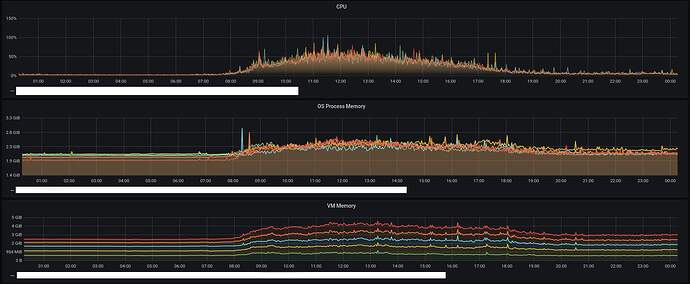TL;DR
Better way and Efficient methods to build a massive data structure (like a snapshot), or this is job for another language?
In-deep
In a Redis server, we have segmented objects by parameters. The base object is institute, this have a base json object with parameters like address, phone number, code, id, etc. Then, this institute have nested keys with data (json object), like institute:<code>:teachers, institute:<code>:executive and others.
There is a builder that create this massive structure by many institutes with a list of institute codes, one by one, this generate a base structure and merge and add the nested objects.
A little example:
%{
"institute-a" => %{
address: "Street A 453",
id: 12,
status: "active",
online: true,
location: %{
country: "United State",
state: "CA",
city: "Los Angeles"
},
teachers: %{
"john-doe" => %{
age: 35,
asignatures: ["Art", "Music"],
id: 999
},
...
},
courses: %{
"A1" => {
students: %{
"carol-doe" => %{
age: 15,
grades: %{
"music" => "A",
"arts" => "B+"
},
....
}
}
}
}
},
....
}
The duration to build this structure was nice (5 secs), but more institutes was added to the Redis server, already we have 500 institutes.
I try many forms, but, when the data is so massive, the request time is like 15~20secs to show this request data or send as response in a channel event.
I know elixir is not friendly with this kind of process, this is temporary, but I need ideas to be more efficient and respecting the elixir way to code.


 I try to make clean this process, but situations like this, I think is required to storage on memory the data if is concurrent its use to use quick (Redis data could be a backup data). The problem is when this data is updated, change or delete. The process will be processed in Redis and Cache in paralelle (Like Sync data).
I try to make clean this process, but situations like this, I think is required to storage on memory the data if is concurrent its use to use quick (Redis data could be a backup data). The problem is when this data is updated, change or delete. The process will be processed in Redis and Cache in paralelle (Like Sync data).



















